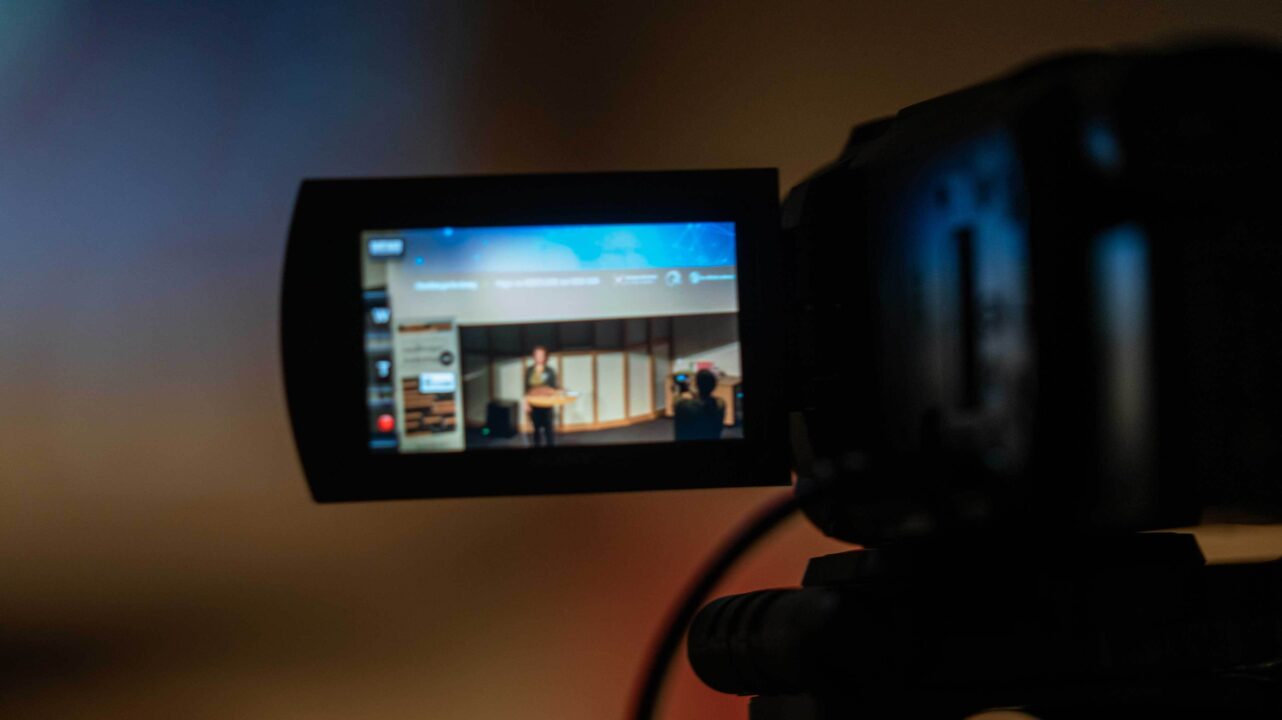Experience a volcano, investigate your own brain and endure pain on a bed of nails. These were some of the events that attracted nearly 3000 curious young people to Science Event ”Utbrott pa Lava”.
Friday the 23rd September had been declared “Researchers’ Night” by the European Commission. Throughout Europe, activities to show the public the excitement and fun involved in research were taking place. In central Stockholm a science event with over forty different activities was held at Lava, a cultural and social centre for young people, and all for free!
– Our aim was to give young people a chance to experience research and meet researchers in a new and informal setting. We are overwhelmed and delighted that so many wanted to be a part of this day – both young people and researchers, said Camilla Modéer, Secretary General of the Swedish association Vetenskap & Allmänhet (Public & Science), who initiated and coordinated the event.
“Utbrott” means “eruption” in Swedish, and was chosen as the name for the event due to a spectacular mini-volcano that erupted in the square outside six times during the day. The geologists who organised and built the volcano described to the crowds how volcanic eruptions occur, and offered around lava-coloured soft drinks. Many people on their way home in the Friday rush hour stopped in surprise to watch the spectacle.
Another audience-magnet was Staffan Yngve, Senior Lecturer in Theoretical Physics at Uppsala University. Throughout the day he entertained the crowds with his Science Extravaganza, the high point of which was his bed of nails performance. Concrete blocks weighing 30 kg were placed on Dr Yngve’s chest as he lay on a bed of nails. Then a volunteer hit the blocks hard with a sledgehammer until they broke – to the horror and astonishment of the gathered crowd.
Many then continued into Lava itself where they found many more fascinating demonstrations and experiments. Researchers had come with a range of amazing exhibits ranging from the latest mobile phone games, robot programming, how to solve Sudoku puzzles, eye-tracking equipment and much more. New mobile phone services were demonstrated, and a model of a neutrino telescope used to give us information about the universe and based in the depths of Antarctica was on display. In the amazing Brain Mirror, visitors could see pictures of their brain superimposed on their mirror image.
– At first we expected we would have to persuade researchers to take part in this event, but instead we were approached by researchers who were themselves asking to take part, said Esther Crooks, event coordinator.
One floor up, things were a little calmer, with researchers and young people discussing research from comfortable sofas and chairs. Subjects up for discussion included – why are Swedes getting fatter, how can we effectively treat depression, what can laser light be used for, what will come after mobile phones and the Internet and how will the climate change in the future. Ten wellattended and contrasting dialogues followed each other throughout the day. In contrast to traditional meetings between scientists and young people, these dialogues were led by the young people themselves, and it was them rather than the researchers who determined the topics for discussion.
When the doors first opened, there was almost chaos as a whole stream of school classes made their way inside. The queue to the “Bath Bomb” workshop was long. The recipe was as follows: 20 ml citric acid, 40 ml bicarbonate of soda, 2 teaspoons of oil and a few drops of your favourite colouring and fragrance. Other visitors tried their hand at making their own paper, testing a bed of nails, playing the ”blood-typing game” or challenging a friend to a game of MindBall, where the most relaxed person wins.
Several researchers could be seen wearing lab-coats with the words “CSI-Stockholm” printed on the back. They were demonstrating how DNA evidence can be collected from a crime scene and analysed. Other researchers described how it is possible to pinpoint the exact time of death. Larvae and other creepy crawlies often found in dead bodies made fascinating demonstration objects, but with an unfortunate tendency to run away! Their presence in corpses help forensic scientists to determine how long a body has been lying in a certain place.
Most popular of all was the stand run by the Swedish organisation ”Young Researchers” who offered self-carbonized fizzy drinks and ice-cream frozen using liquid nitrogen. Other examples of fascinating research included how earthquakes can be predicted, how new species of bird have recently been discovered and how mountains and precious stones were formed. In the Einstein Room, people could listen to stories from the life of Albert Einstein and see some experiments that illustrate his theories.
– This is an opportunity for ordinary people who aren’t researchers to meet ordinary people who are researchers, said one of the geologists.
Contributors to the event were AstraZeneca, Climateprediction.net, Ericsson, Association of Young Researchers (Unga Forskare), Karolinska Institute, The Knowledge Foundation, The Royal Institute of Technology in Stockholm, The Swedish Museum of Natural History, The Nobel Museum, Nobelprize.org, STFI-Packforsk, The Swedish Foundation for Strategic Research, Stockholm University, Swedish Institute of Computer Science, The Technical Museum, The British Council, House of Science, The Swedish Research Council and Örebro University.
– Many of the contributors would like us to repeat Utbrott in the future, and maybe extend the event over several days. Many visitors would also like us to do this. It’s certainly a very attractive idea, said Camilla Modéer.
Cissi Askwall

